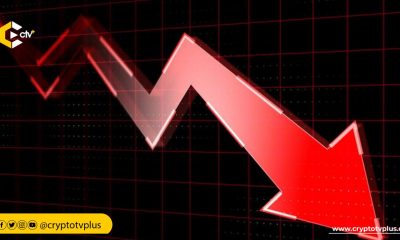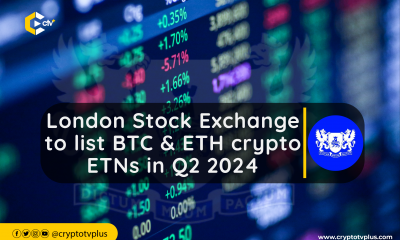News
Majority of validators endorse increase in ETH gas limit

The question of raising the gas limit in the Ethereum (ETH) community has sparked debate, with some favoring lower fees and others fearing that excessive increases might harm network stability.
With more than 50% of validators in favor, Ethereum is set to raise its gas limit, allowing more gas to be used in individual blocks for transactions.
Gaslimit.pics, which tracks validator support for a higher gas limit, shows that as of February 4, 52% of validators have approved the change, meeting the required threshold for scaling the layer 1 network.
Validators can signal their support for a higher gas limit by modifying their node configurations, allowing the network to scale without the need for a hard fork.
Since August 2021, the Ethereum network’s average gas limit has stayed around 30 million, up from 15 million, according to Ycharts.
Blockscout’s data shows the gas limit rising, with a transaction around 3 a.m. UTC reporting a gas limit that exceeds 33 million.
Evan Van Ness, the former Consensys operations director and crypto commentator, noted in a post on X on February 4 that this increase will be the first since the Merge upgrade in September 2022 under proof-of-stake.
“Because PoS is so much more decentralized than obsolete tech like PoW, it took longer to coordinate,” he said.
Following the favorable outcome of the vote, Vitalik Buterin, co-founder of Ethereum, is urging the Pectra fork, set to occur in March, which will boost the blob target from three to six.
Buterin stated that staker voting will determine Pectra, using “the same mechanism as the gas limit.”
Leading up to the successful vote, the Ethereum community was deeply divided in debate.
Those in favor of the gas limit increase argued that reaching 36 million would expand the L1 network’s potential and revitalize innovation.
Read also: 55,500+ ETH holders back Danny Ryan for Ethereum Foundation leadership
In a post on X dated Dec. 9 last year, Justin Drake, an Ethereum researcher, revealed that he would adjust his validator to a 36 million gas limit to assist in safely optimizing the network.
In March, Ethereum core developer Eric Connor and Mariano Conti, former head of smart contracts at MakerDAO, launched Pump The Gas, a site advocating for a gas limit increase to 40 million to cut transaction fees.
However, concerns arose that a major increase might compromise the blockchain’s stability and security.
On December 9, in a post to the Ethereum Research page, the Ethereum Foundation’s Toni Wahrstätter warned that a gas limit increase to 60 million per block could cause propagation failures, missed validator slots, and destabilize the network.
The Pump The Gas site also highlighted the risks, warning that a gas limit raised too high could result in a chain too large for solo node operators to validate and download, though it made the case for a gradual increase over time.

























1 Comment